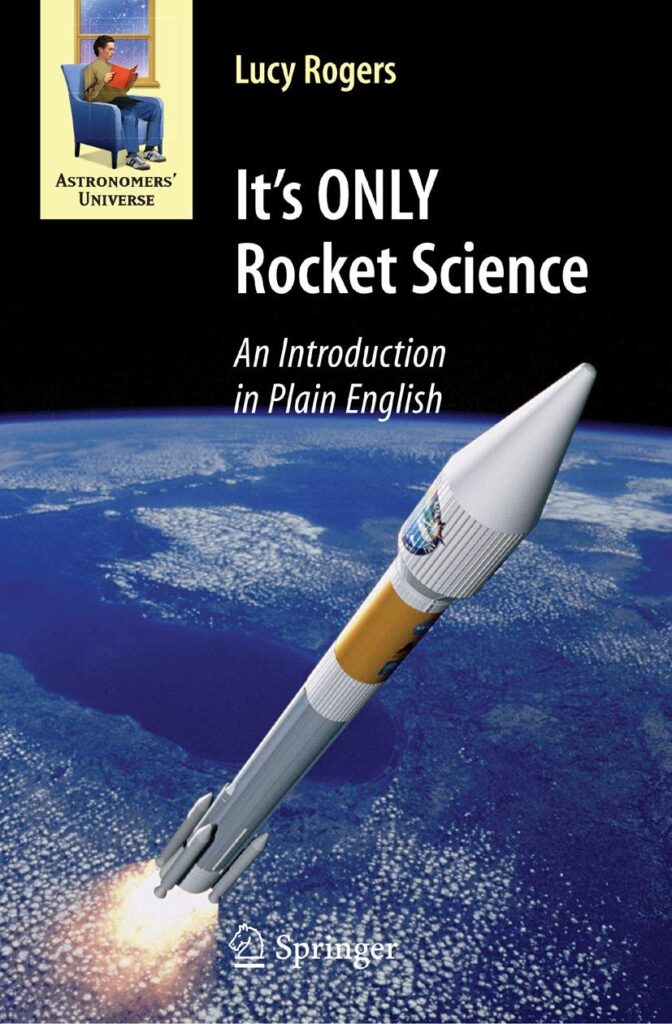Planetary Studies: A Window into the Past, Present, and Future of Our Solar System
Planetary studies are a vital field of scientific research that provides valuable insights into the past, present, and future of our solar system. By studying the planets, moons, and other celestial bodies that make up our cosmic neighborhood, scientists can unravel the mysteries of how our solar system formed and evolved over billions of years.
One of the key goals of planetary studies is to understand the processes that shaped the planets and moons in our solar system. By studying the geology, atmosphere, and magnetic fields of these bodies, scientists can piece together the history of their formation and evolution. For example, the study of impact craters on the moon and other planets can provide valuable information about the frequency and intensity of asteroid and comet impacts in the early solar system.
Planetary studies also play a crucial role in understanding the potential for life beyond Earth. By studying the conditions on other planets and moons, scientists can identify environments that may be conducive to the existence of microbial life. For example, recent discoveries of water ice on Mars and liquid oceans beneath the surface of moons like Europa and Enceladus have raised the possibility that life may exist elsewhere in our solar system.
In addition to shedding light on the past and present of our solar system, planetary studies also offer valuable insights into its future. By studying the orbits and trajectories of asteroids and comets, scientists can identify potential threats to Earth and develop strategies for mitigating the risk of impact events. Similarly, by studying the behavior of the sun and other stars, scientists can gain a better understanding of the long-term evolution of our solar system and predict how it may change over millions of years.
One of the most exciting developments in planetary studies in recent years has been the exploration of other planets and moons by robotic spacecraft. Missions like NASA’s Mars rovers, the Cassini mission to Saturn, and the New Horizons mission to Pluto have provided unprecedented insights into the geology, atmosphere, and composition of these celestial bodies. These missions have revolutionized our understanding of the solar system and paved the way for future exploration of other planets and moons.
In conclusion, planetary studies are a vital field of scientific research that offers a window into the past, present, and future of our solar system. By studying the planets, moons, and other celestial bodies that make up our cosmic neighborhood, scientists can unravel the mysteries of how our solar system formed and evolved over billions of years. With ongoing advances in technology and the continued exploration of other planets and moons, the future of planetary studies looks brighter than ever.













